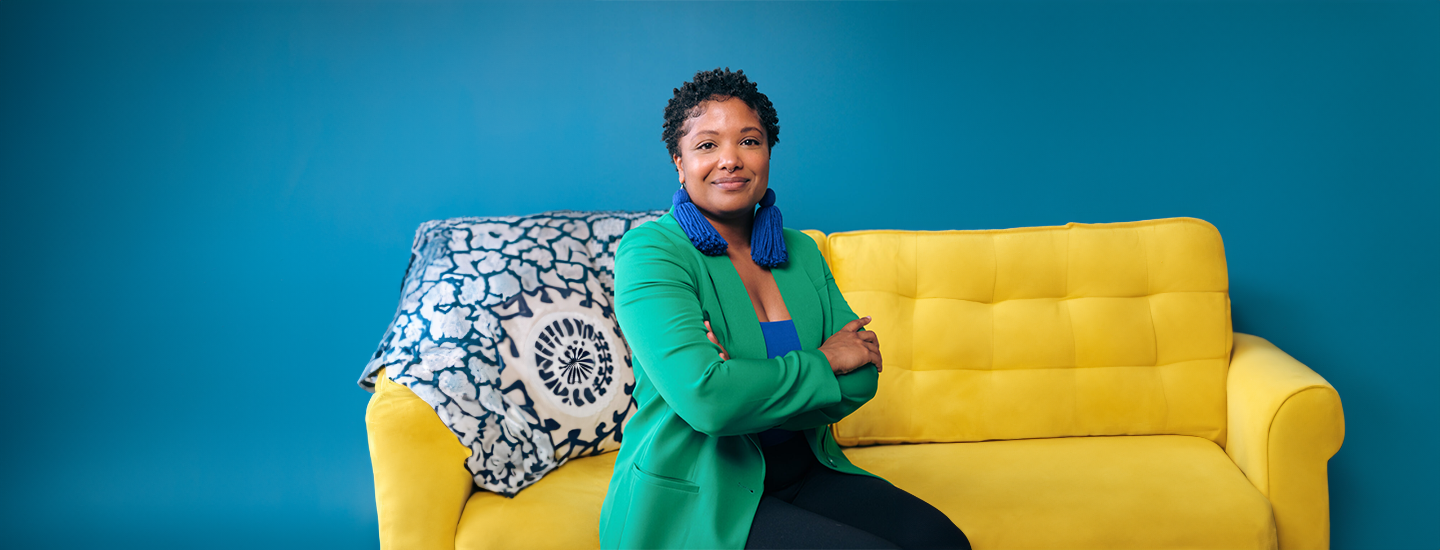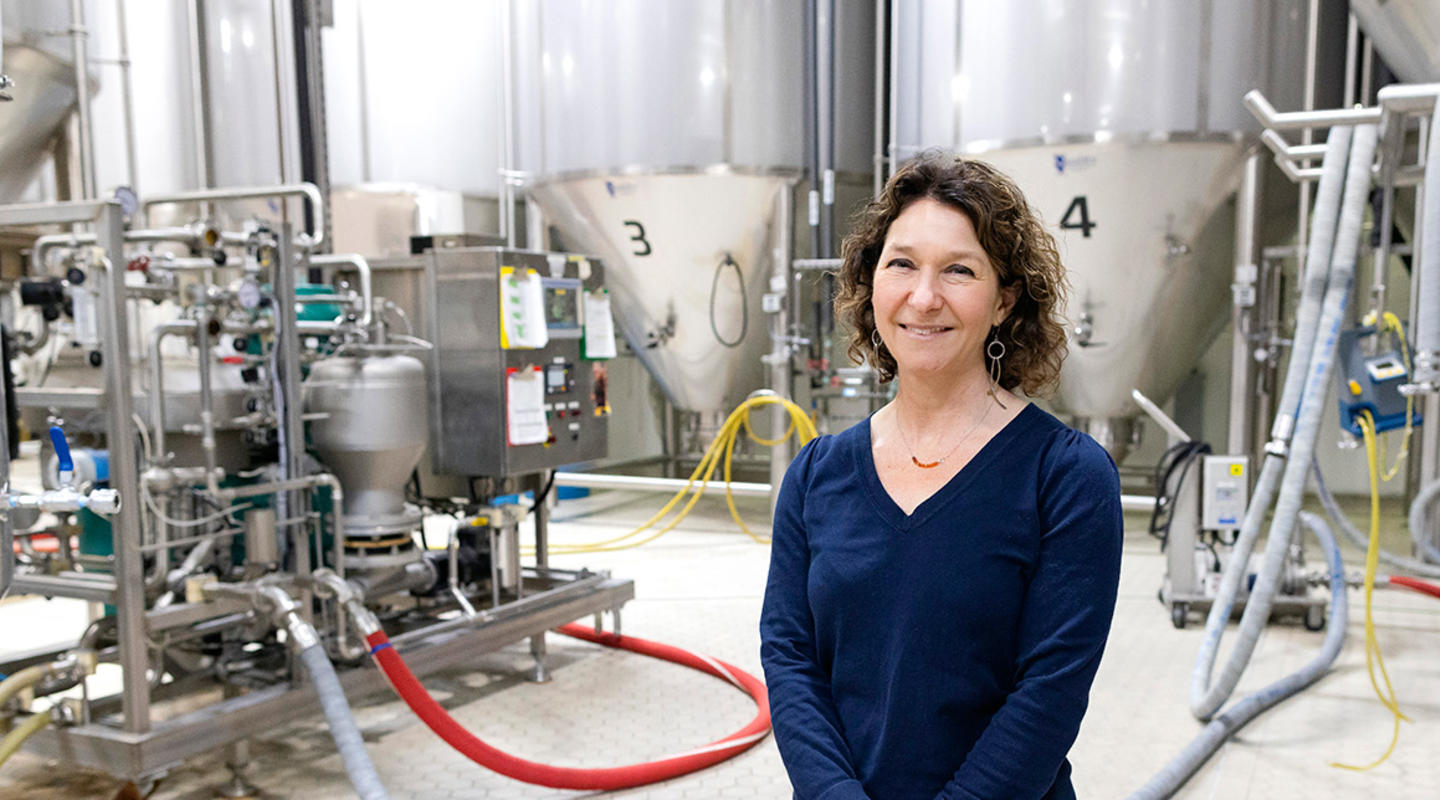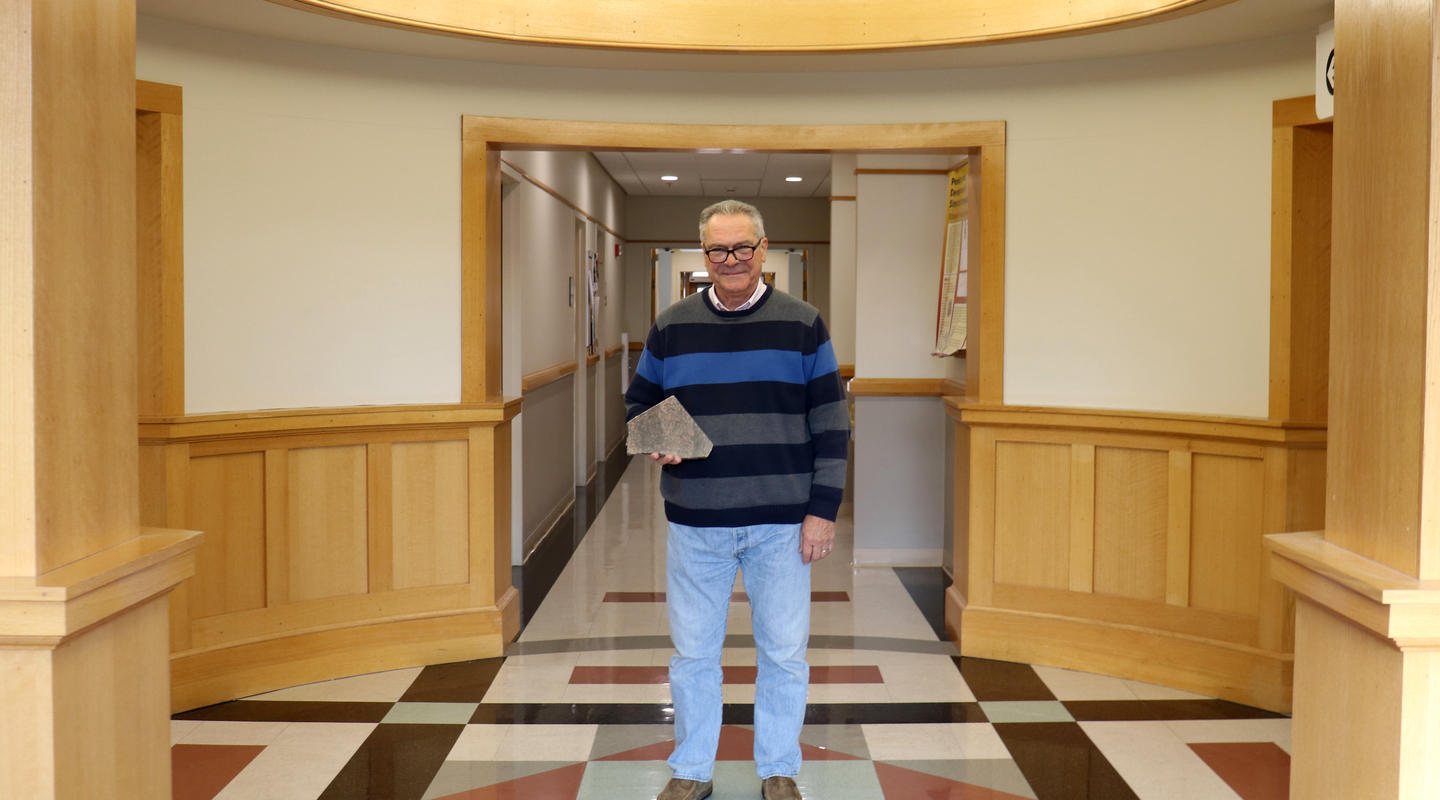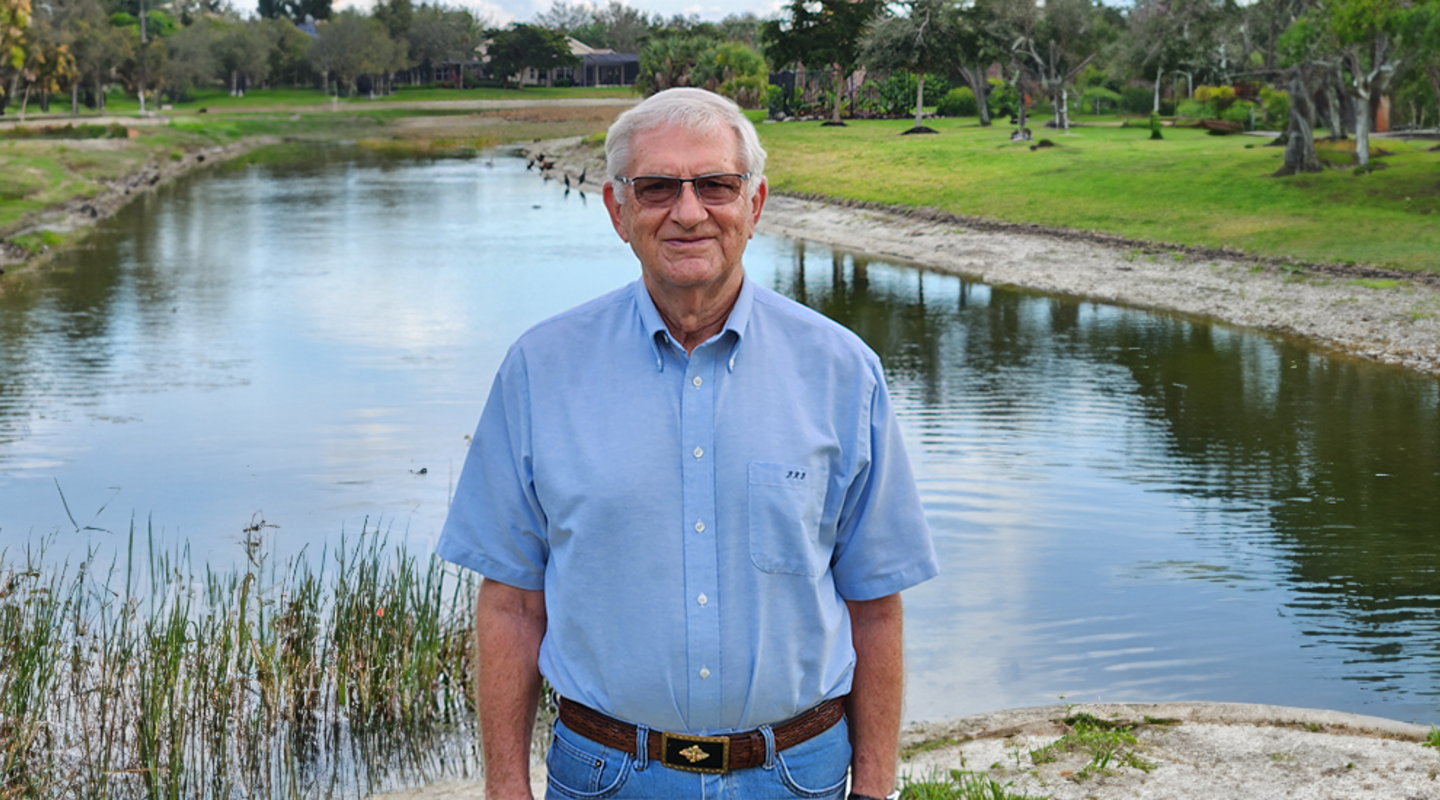
Courtesy of Terresa Moses
It wasn’t an “aha” moment that got Terresa Moses thinking about design justice. Rather, it was her lived experience as a Black, queer woman. “It was my reality,” she says.
Moses joined the University of Minnesota’s College of Design faculty in 2020, after George Floyd’s murder and the University’s strengthening of its commitment to diversity, equity, and inclusion. An assistant professor of graphic design, she became director of the college’s Design Justice Initiative in the fall of that year.
Design justice is a creative approach led by experts and designers who center the experiences of community members who have been historically marginalized. The idea is to challenge and change structural inequities, make teaching more justice-centered and inclusive, and create a design industry and community that meets the physical, mental, emotional, and spiritual needs of all people it serves. Moses tells us how design justice is taking shape in the College of Design.
How do you approach a project with design justice in mind?
When you talk about design overall, it’s for us humans who are super complex human beings. When I think about design justice in action, I think about designing things for the people who are the most marginalized in society. I think about those who have an oppressed identity overlapped with another oppressed identity overlapped with another oppressed identity. What does the Black, transgender, disabled woman need? If we create something for that person, we are creating it for those who don’t have those identities as well.
What can we do to incorporate design justice into products, buildings, graphics, etc.?
I define design as the design of everything. We are all designers. Whether we’re a formally trained architect or graphic designer, we all contribute to the experiences of others.
For us to think about being intentional about using a justice-centered lens, it starts with introspection. People like to say, “I’m not racist because of this thing I don’t do.” But it’s really about understanding how a system, such as capitalism, racism, and patriarchy, has affected what we think of and perceive of as normal.
Second, once you begin to gain understanding of these systems, you can begin to dismantle them. All of this makes us more informed as designers.
Then it goes into destroy. How do you reimagine those systems?
Who’s involved in the college’s design justice initiative?
I’m leading the initiative, but we have students, staff, and faculty who are interested in incorporating these things into their work, whether it’s teaching, whether it’s advising students, whether it’s using the elements of design justice—such as prioritizing design’s impact on the community over the intentions of the designer and seeing the designer as a facilitator, rather than an expert—in their own projects.
What projects have come out of it?
By spring of 2021, we had started building a collective. The collective involves everyone—students, staff, and faculty—who represent the justice-centered work that is already happening within our college.
We created affinity spaces for BIPOC and queer students and employees, white allies, and others, where participants can talk about what’s happening and support one another. We have the Chroma Collective, a student group that hosts monthly events and provides resources to BIPOC students.
We started a certificate program in design justice this fall for students and practitioners. We have a couple of people enrolled.
We’re offering consulting to bring faculty into discussions around these issues. We also do pedagogy audits to look at how we can make faculty syllabi more justice-centered.
And we’re reorganizing the annual Juneteenth event for the University, thinking about how we can come together and build community.
How important is philanthropy to the initiative?
Very important. There are programs I would love to do and engage in, but we need funds to support that. For example, we’re planning a design justice symposium and that needs funding. We want to start a creative scholars program to help diversify the design industry by providing training, mentorships, and internships for people who didn’t take the traditional road to design.
Folks are very excited about the work we’re doing, but if it doesn’t get the financial support it needs, we can’t continue those kinds of initiatives.
Make a gift to support the Design Justice Initiative in the College of Design.


